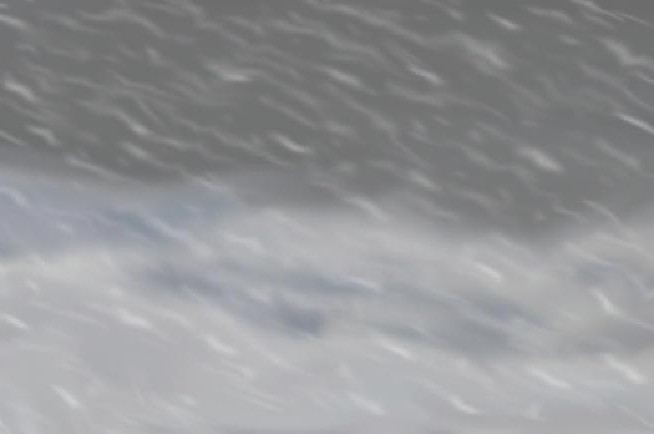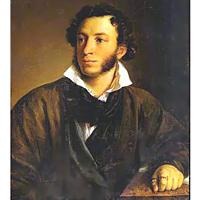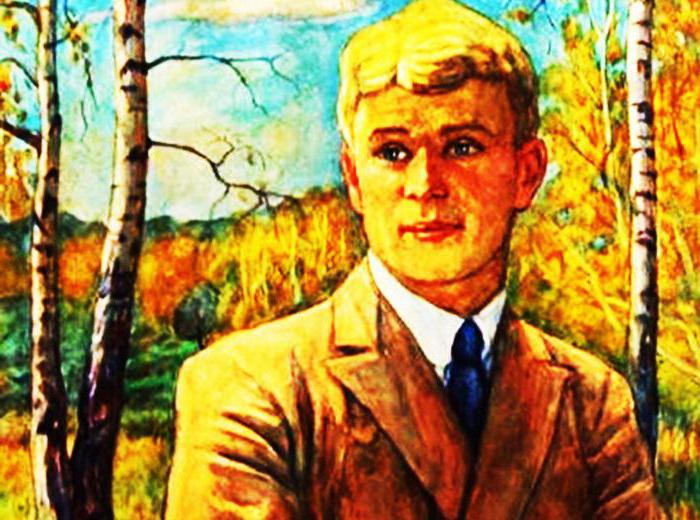Analysis and history of the creation of the poem "Winter Nights" (Pasternak)
Boris Leonidovich Pasternak - one of the most famousRussian writers of the 20th century, whose prose and poetry are rightfully considered one of the best. His most famous work is Doctor Zhivago. This is a novel, which for the first time in the history of Russian literature combined poems and prose. And the novel "Winter Nights" opens the poetic part of the novel.
Pasternak created a hero who subtly feels and writes poetry. But in order not to distract the reader from the life events of Yuri Zhivago, the writer puts all his lyrical creations at the end of the novel.
History of creation

Set the exact date of writing the poemnow it is already impossible, since over the novel itself Pasternak worked for 10 years (1945 - 1955). However, critics tend to believe that the poet created his lyrical masterpiece shortly before the end of the novel. This assumption is connected with the fact that in those years he had already suffered his first heart attack Pasternak. "Winter Night" - a verse about the struggle of life and death, therefore, this topic was supposed to be close to the writer. And at what other moment, if not on the eve of the last moments of being, can such thoughts enter the mind of a man?
Be that as it may, most literary scholars believe that the poem was written exactly in 1954-55.
As for the work itself, the novel"Doctor Zhivago" was recognized abroad, Pasternak was awarded for him "Nobel Prize". For this, the work and the writer himself were seriously persecuted at home. He was no longer published and expelled from the Writers' Union. Pasternak wrote letters many times, trying to convince the government of his loyalty, but that did not help. Opponents of the writer turned to the content of the novel, calling it anti-Soviet. And the poem "Winter Night" was subjected to special persecution, as it was recognized as vulgar, decadent and decadent.
Subject

Thus, considering the entire text in the context of the struggle,we can conclude that the wind, blizzard and cold are the symbols of death, and the scarcely burning flame of a candle is life. And this fragile light leaves the sick Yuri Zhivago just as he will leave Pasternak himself.
However, along with the dismal theme of life and deathThere is a theme of love associated with natural phenomena. Feelings of people seem to continue in nature. So, human passion is accompanied by a blizzard, weaving on the windows "circles and arrows." However, does nature and the "heat of temptation" have a beneficial effect on the protagonist?
Idea

However, confront the external threats (blizzards) can only the spiritual strength (which is symbolized by a candle) and love. Before the sublime feeling, darkness recedes, the house becomes cozy, warming.
The candle symbol is noteworthy. It, as noted above, is consonant with the hero himself. It continues to burn (live), despite the pressure of the outside world. The image of a fragile but continuing to warm candles goes through the entire poem.
Composition of the poem "Winter Night" (Pasternak)
Analysis of the composition of the poem allowsto conclude that the work is based on the reception of the antithesis (opposition) of two elements: ice and flame. A snowstorm sweeping the whole world, swallowing everything around, splits about the glass, it can not penetrate into the room, warmed by a candle.
The poem has a ring composition -the last line repeats the first, albeit not exactly. Therefore, this phrase is not only key, but the differences in it are of great semantic significance. So, at the end of the poem there is no repetition of "melok-melo" and there is an indication of the time - February. Thus, the poet sums up the storm that has already passed, and hence the power of life and hope has triumphed.

The Poetic Size
The poetic size provides a strongemotionality of the poem "Winter Night" (Pasternak). Analysis of the structure suggests that the work is written with a four-legged iambic cross-rhyme pattern, where the male (1, 3 line) and female (2, 4 line) rhymes alternate. And the so-called interruption of the rhythm, that is, the reduction of the 2nd and 4th line, gives the poem a special dynamism.
Conclusion
Thus, the universe and man, instant and eternity in the poem "Winter Nights" merged. Pasternak created an amazingly penetrating, emotional and philosophical work.
</ p>>







